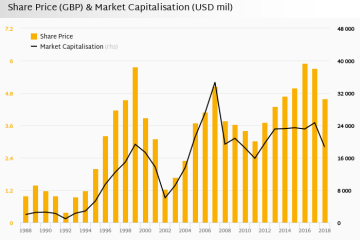The Evolution of Netflix in the Entertainment Landscape

Introduction
Since its inception in 1997, Netflix has transformed from a DVD rental service to a leading streaming platform, revolutionising the entertainment industry globally. With over 230 million subscribers worldwide as of 2023, Netflix’s impact on how audiences consume content cannot be overstated. It has reshaped viewing habits, altered production timelines, and influenced the types of content being created, making it a topic of great relevance to both industry professionals and consumers alike.
Key Developments in Netflix’s Journey
Netflix’s major shift from DVD rental to streaming began in 2007, allowing users instant access to a vast library of films and television shows. This transition coincided with the rise of high-speed internet, making streaming more accessible to the masses. By 2013, Netflix ventured into original programming, launching its first series, “House of Cards,” which garnered critical acclaim and set a precedent for future productions. Today, Netflix boasts a diverse range of original content, including award-winning series like “The Crown” and “Stranger Things.”
Challenges and Competition
Despite its success, Netflix faces significant challenges, particularly from an increasingly competitive streaming market. Major companies like Disney+, Amazon Prime Video, and HBO Max have launched their platforms, leading to a notable shift in subscriber patterns. In response, Netflix has had to adapt its strategy by diversifying its content offering and experimenting with different pricing models to retain its user base. Reports from early 2023 indicated a slight dip in subscriber growth, sparking debates on sustainable business practices in the streaming industry.
The Future of Netflix
Looking forward, Netflix continues to innovate. The company has recently announced plans to integrate interactive content, enhance its gaming sector, and explore potential partnerships with live events, hinting at diversifying beyond traditional television content. Furthermore, as digital consumption habits evolve, Netflix aims to invest in regional content to cater to specific audiences, thereby expanding its global footprint.
Conclusion
As Netflix navigates through a changing entertainment landscape, its ability to adapt will be crucial for maintaining its position as a leader in streaming services. For viewers, this means an ever-evolving array of content and viewing options. Understanding Netflix’s role in shaping entertainment offers insights not only into media consumption but also into broader societal trends in digitalisation and consumer behaviour.









